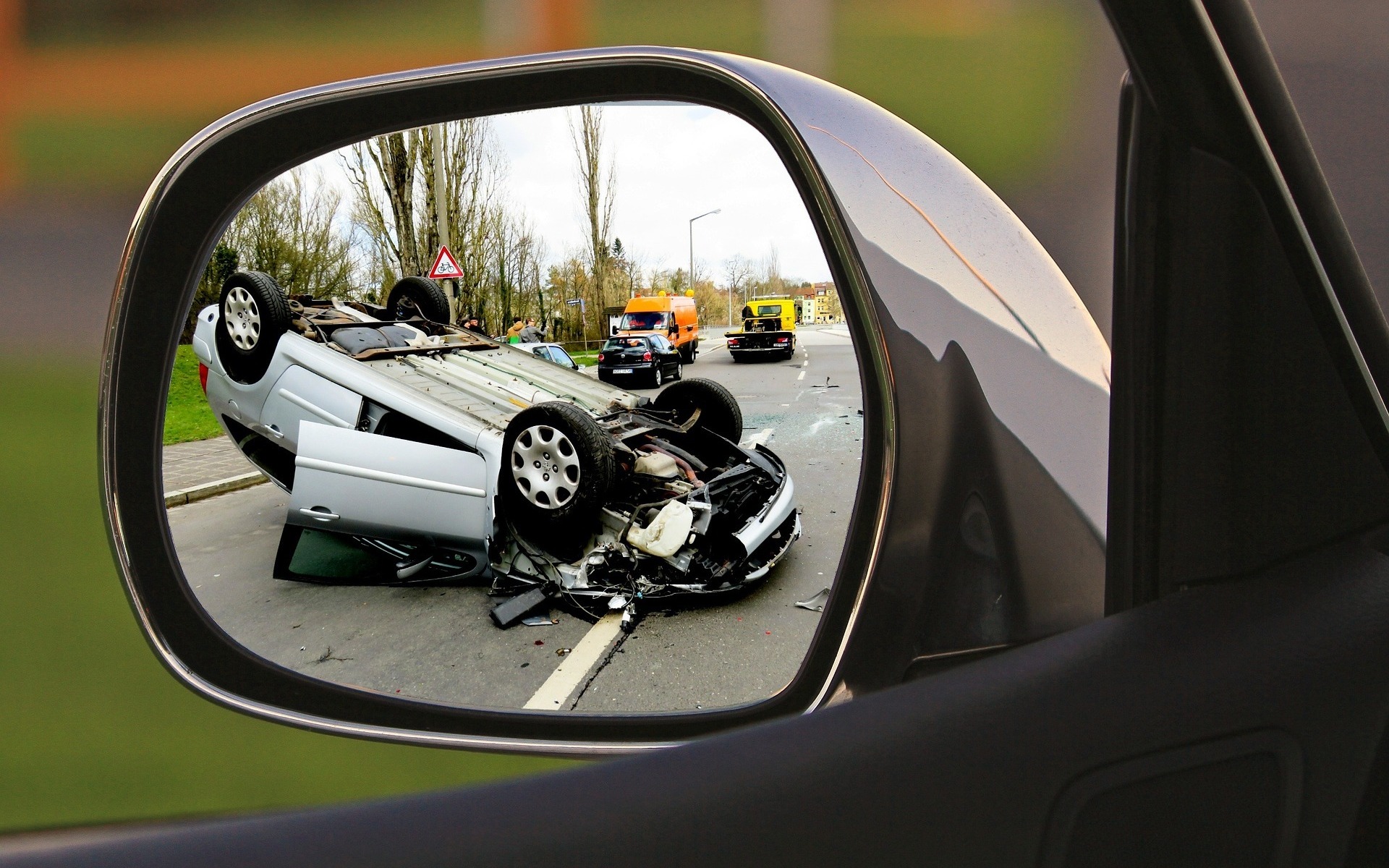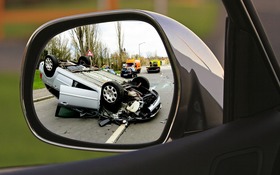Car Drivers Should Still be Afraid of Pickups but not SUVs, Study Says
Today’s SUVs aren’t a major threat to occupants of smaller vehicles, according to a new study by the U.S. Insurance Institute for Highway Safety (IIHS), which is responsible for collision tests.
However, mostly because of the weight imbalance, pickups still represent an outsize danger when they crash with cars.
- Also: Pickups Struggle With Passenger-Side Crash Test, IIHS Finds
- Also: Women are More Seriously Injured in Car Crashes, Study Shows
Back in the 1990s, the IIHS points out, occupants of cars and minivans were 132-percent more likely to die in crashes with SUVs than in crashes with other cars and minivans. But in 2013-2016, the rate that car drivers were killed in crashes with one- to four-year-old SUVs was just 28 percent higher than the fatality rate in crashes with other cars of the same age.
IIHS researchers attribute the change to stronger structures and side airbags in cars and minivans and to newer SUV designs that lower the vehicles’ front ends to better align with cars’ energy-absorbing structures.

“Small cars and minicars used to have the worst ratings in our crash tests but have made big strides in recent years,” says Joe Nolan, IIHS senior vice president for vehicle research and a co-author of the study.
On the flip side, the car driver death rate in crashes with pickups increased steadily between 1989 and 2008 relative to the car driver death rate in crashes with other cars. This gap began to close over the last decade but remains large. In 2013-16, pickups were 2.5 times as likely to be involved in a crash that was fatal for a car or minivan driver than other cars and minivans were.
Pickups are obviously much heavier for utility purposes, but IIHS research shows that shedding weight would make them more compatible with cars in crashes without being any less protective of their own occupants.
“More sophisticated designs that do a better job of managing forces in a crash, along with electronic stability control and other crash avoidance features, have made the sheer weight of a vehicle less important,” Nolan argues. “This suggests that reducing the weight of the heaviest vehicles for better fuel economy—for example, by switching from steel to aluminum—can improve safety for other road users without sacrificing occupant protection.”









